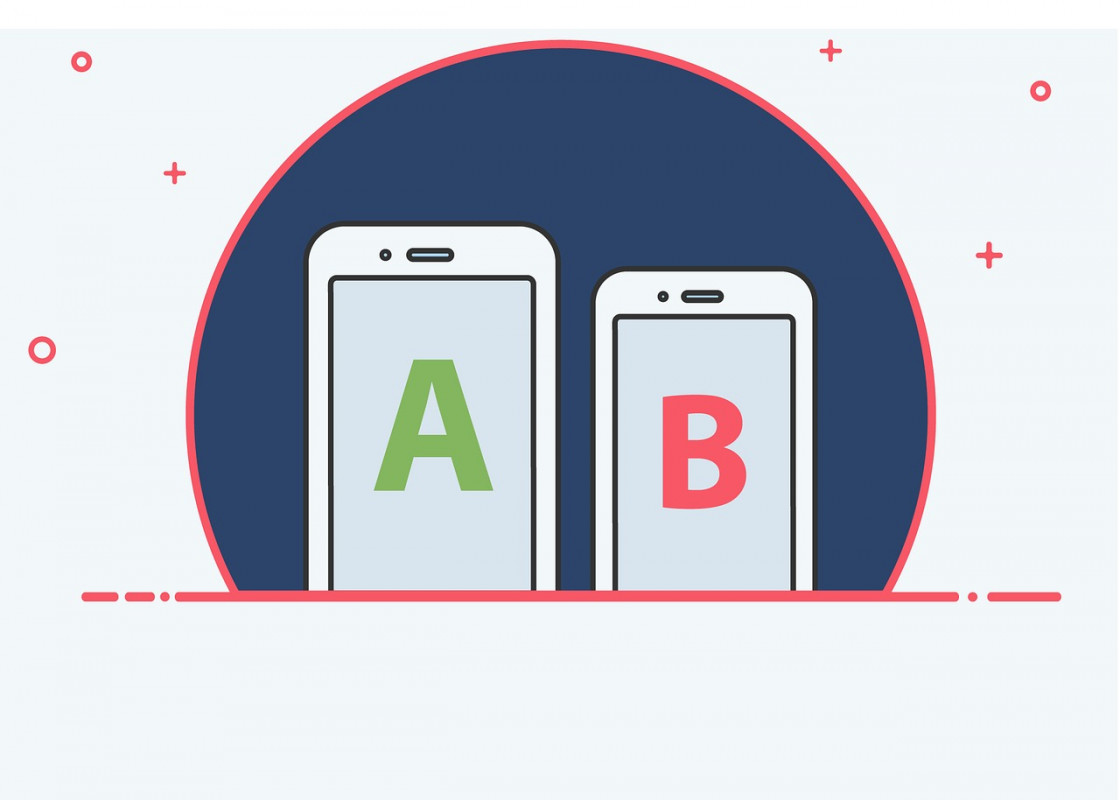Learning that some things in life are a myth (sorry tooth fairy) does no harm to us as adults. However, when it comes to marketing, there can be some seriously damaging myths out there.
When it comes to landing pages, there are a myriad of myths out there that can do some serious harm to your lead generation if left unchecked. Throughout this post, we'll explore these myths in detail and show you ways to avoid them when designing and using your landing pages.
Myth 1: You don't need many landing pages
Many people are under the impression that you don't need to have many landing pages. If you think that all you need is a "contact us" and, if applicable, a "demo" page, then I'm afraid you're in for an awakening. Fewer landing pages mean fewer opportunities to capitalise on traffic coming from search engines, leading to you missing out on potential leads.
Every landing page you create is an opportunity for you to be there in the search results or have your link shared on social media. This, in turn, can lead to better search engine rankings and improved social media presence which has the effect of driving more traffic your way, and in turn, leading to more conversions.
Don't forget, not all of your landing pages are going to appear on search engines, some of them are only going to be there for converting your leads. While they might not be visible to many people, they can help you track how many leads have clicked on a particular offer, or how many have downloaded your resources.
Myth 2: Shorter forms are better
This might not be true in all instances, there is no "best" length for a form to be, it all depends on what you're trying to achieve with it.
It could be the case that if you're trying to get a multitude of new leads then shorter forms are better. However, if you're trying to get better-qualified leads, you might find it's better to have longer forms. It's not the case that one form is better than the other, it's all about using the right form for the right reason.
You'll probably find that your final form isn't too long or too short; it's just right for your needs. You may need to go through some tweaking and refinement before your form is finished, but remember, it's about what you're trying to do, not the length.
Myth 3: I've found an awesome landing page template, if I copy it, my conversion rates will go up
If you're stuck for ideas of what your design should look like, then templates can be a great place to start. But be careful, having your content on another person's design won't guarantee you success. You have to make sure the landing page fits with your business and your website.
You might find that your audience is completely different from the audience the template was created for, and the elements that resonate with them are different.
Ultimately the landing page will only succeed if the content matches the audience.
Myth 4: All conversion elements need to be above the fold
If you don't know what "the fold" is, it's simply the content you can see without needing to scroll down the page.
A lot of people believe that all important content needs to be above the fold, especially all calls to action. The myth is that people won't scroll to find what they need or to look for forms to fill out at the bottom of the page.
However, this just isn't always true. If someone wants to convert, they will, regardless of where the form is on the page. One way to guide your audience to convert is to have compelling copy, whether it's long or short. So forget about trying to have all of your compelling copy above the fold, just make sure it's somewhere on the page.
Myth 5: Trust seals show I'm trustworthy and people will convert because of this
When you're giving out your card information, or other sensitive information online, it can be good to see a trust seal in place. It's a little reminder that your sensitive information is safe.

But what if you're on a page that doesn't require you to enter any information? Or what if the information isn't sensitive? This trust seal then becomes an omen that information might be being collected without your knowledge or consent. This can seriously harm the trust that someone has in your site. Even though you were only trying to show them they can trust you.
Myth 6: All form buttons must be red to drive conversions
This might be true in a few cases, but definitely not all cases, every page is different, every website is different and every visitor is different. This means your buttons should be in line with your colour scheme and fit with the rest of your website. You don't have to make sure they're all red.
This same myth goes for any colour test, there is no one "right" colour that'll make people convert. You need to test out your colours to see what will work best for you.
Myth 7: Landing page copy should be short and sweet
This was touched on in our myth about keeping things above the fold. However, enough people believe in this myth for it to have its own section.
When you're writing your content, it needs to be long enough to cover what it is you're talking about without starting to ramble about it. Remember, you're trying to get your readers to convert, so make your content long enough and compelling enough to get your audience to complete your end goal.
Your content could include explaining what your product is and the main features of it. Or you could promote a specific location and why people should go on holiday there, as well as why your hotel is the best in the area. As you can see, these two different scenarios require a different amount of copy to be written, it doesn't need to be long, or short, it just needs to be compelling.
Myth 8: You only need to watch your conversions
Landing pages are one of the steps in your marketing funnel. It's not just that you're trying to get visitors to fill out a form, you're hoping that eventually, you can get them to convert into a customer.
So, when trying to make the most of your landing pages, you don't just need to know how many people filled out your form, you also need to know how many of them then went on to become customers, or how many didn't.
You might find that even if a certain landing page has a low conversion rate, it manages to bring in more paying customers than your other pages. Think about whether you need to replicate this elsewhere.
Myth 9: You should have as many things as possible on your landing page so someone will convert on something
You shouldn't view your landing page as a last-ditch effort to get people to convert. It should be seen as one part of the process of getting someone's information before converting them into a customer.
If you give too many options on a page, you'll probably find that your visitors get distracted and your conversion rates start to drop. It may be best for you to remove anything that's not directly related to the main content of the page.
Myth 10: Once they're in place, leave them alone
There's no sense in making a landing page and then just leaving it to run. You need to know if it's working as it should. But you also need to know if it needs to be improved. This can be done through a series of A/B testing.

If you find that version B is bringing in more conversions than version A, then you probably need to change it over.
This should be done every so often so that your landing pages are the best version that they can be.




